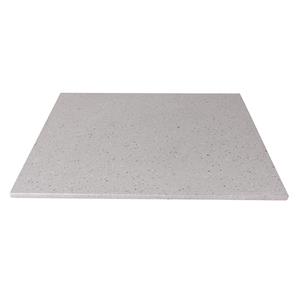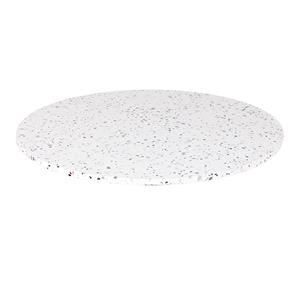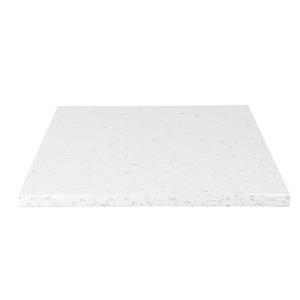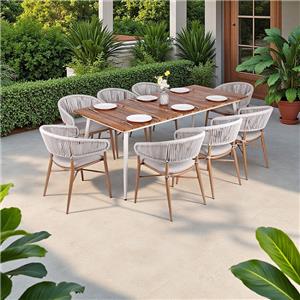How To Choose Tables And Chairs For Common Areas And Food Courts?
As an expert in the European commercial furniture sector, I will guide you through the essential considerations to make an informed investment that enhances your space and stands the test of time.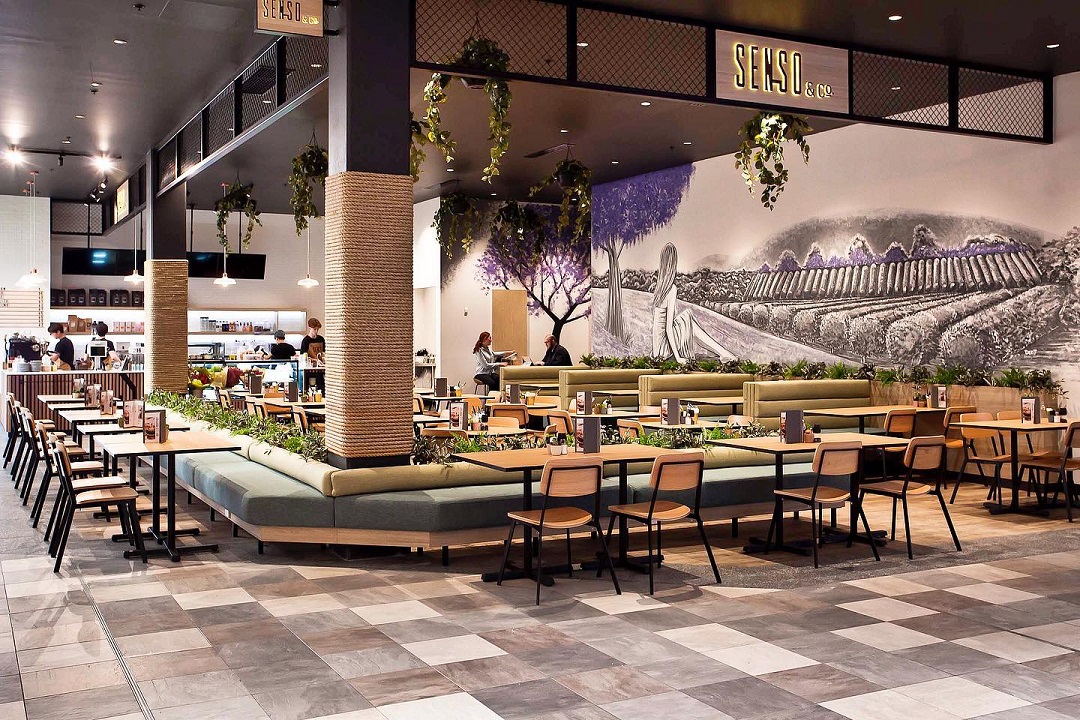
1. Durability and Commercial-Grade Construction: The Non-Negotiable Foundation
The primary difference between residential and commercial table and chairs is the intensity of use. These pieces endure constant use, spills, movement, and cleaning, 24/7.
Materials Matter: Opt for materials engineered for high-traffic environments.
Table Tops: High-Pressure Laminate (HPL) is a top choice for its exceptional resistance to scratches, stains, heat, and impacts. Solid surfaces, phenolic resin, and compact laminate are also excellent for their seamless durability and ease of maintenance.
Frames: Look for powder-coated steel or aluminium. Powder coating provides a far more resilient and chip-resistant finish than standard paint.
Bases: Chair and table bases should be sturdy and stable. Consider sled bases for easier cleaning and movement on carpets.
Weight Capacity: Ensure all pieces are rated for commercial use, with chairs typically needing to support a minimum dynamic weight of 110-150kg.
This is where partnering with a specialized manufacturer becomes critical. A professional maker like CDG Furniture, which specializes in commercial table and chairs, designs its products from the ground up to meet these rigorous demands. Their engineering focus is on longevity, ensuring that every joint, weld, and material selection is made to withstand the harsh realities of a public environment.
2. User Comfort and Ergonomics: Encouraging Longer Stays
Uncomfortable seating drives people away. While the specific need varies between a fast-paced food court and a corporate lounge, comfort remains king.
Seating Ergonomics: Chairs should provide adequate lumbar support. A slight contour to the seat pan and backrest makes a significant difference in comfort over a 30-60 minute period.
Table Height and Dimensions: Standard dining height (720mm-760mm) is universal for food courts. However, incorporating a mix of heights, such as lower coffee tables with accompanying lounge chairs or bar-height counters with stools, can create dynamic zones within a larger space.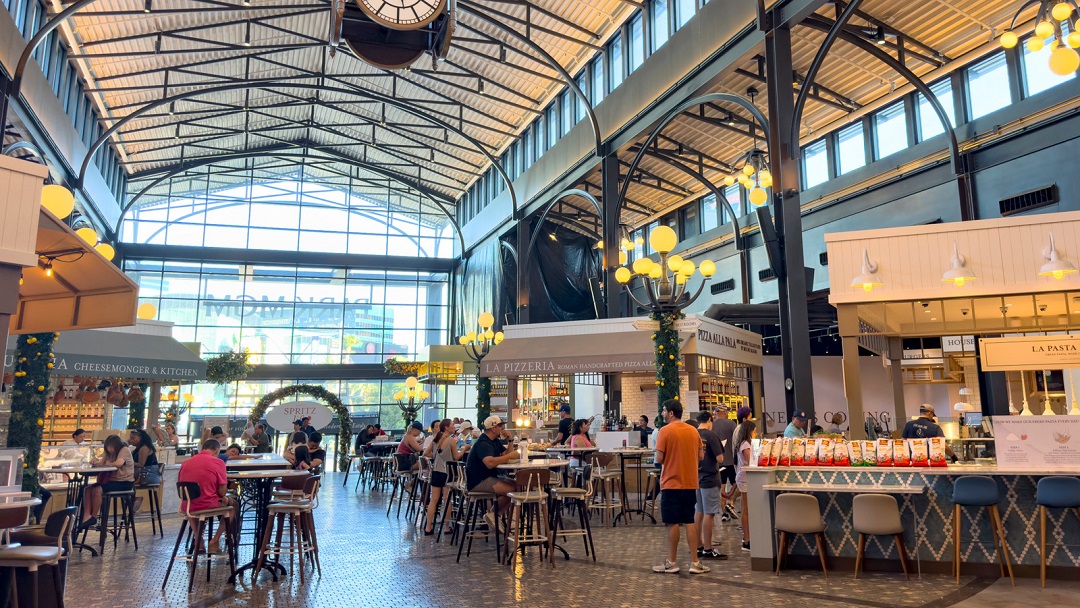
3. Maintenance and Hygiene: The Ease-of-Cleaning Imperative
Ease of maintenance is arguably the most crucial operational factor. Surfaces must be non-porous, seamless, and resistant to harsh cleaning chemicals.
Seamless Design: Choose tables with rounded corners and edges that are easy to wipe down. Avoid complex designs with dirt-trapping crevices.
Simple and Robust Construction: Chairs should be stackable or easily movable for efficient cleaning underneath.
Hygienic Materials: In a post-pandemic world, antimicrobial properties integrated into laminates or plastics are a valuable feature. Manufacturers focused on this sector, such as CDG Furniture, prioritize these features in their food court table and chairs collections, incorporating fully sealed edges and easy-to-clean surfaces.
4. Aesthetics and Brand Alignment: Creating an Inviting Atmosphere
Your furniture is a powerful tool for communicating your brand's identity and shaping the ambiance of your space.
Cohesive Design Language: The furniture should complement the architectural and interior design of the space.
Modularity and Flexibility: Consider how the layout might need to change. Modular seating, benching systems, and lightweight yet sturdy tables offer the flexibility to rearrange the space.
Material and Colour Palette: Use materials and colours to define zones within a large area. Different table shapes (round, square, rectangular) can also help break up the monotony of a large hall.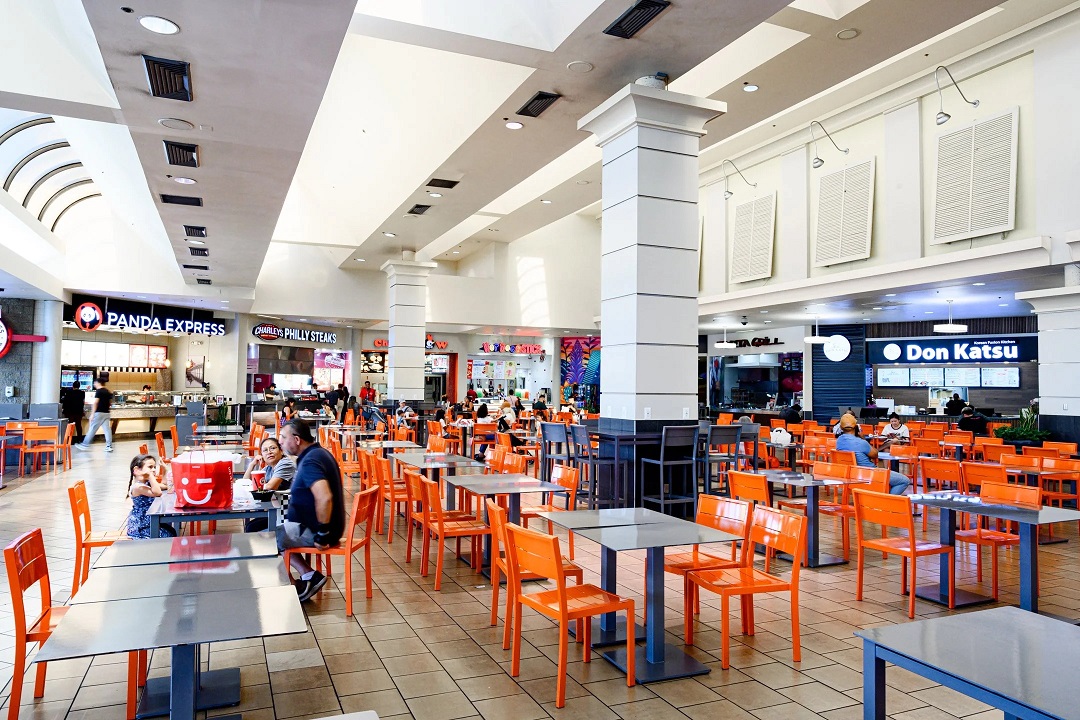
5. Sustainability and Total Cost of Ownership (TCO)
The initial purchase price is just one part of the equation. The true cost is measured over the product's entire lifecycle.
Invest in Quality: Cheap, residential-grade furniture will need to be replaced frequently. Durable commercial table and chairs represent a smarter investment.
Sustainability Credentials: Look for manufacturers committed to sustainable practices, such as using recycled materials and designing for disassembly and repair.
Warranty and Support: A strong warranty is a direct reflection of a manufacturer's confidence in their product. A reputable manufacturer like CDG Furniture understands this holistic view. By producing high-quality, durable common area table and chairs, they effectively lower the Total Cost of Ownership for their clients.
Conclusion: Partner with a Specialist
Choosing furniture for food courts and common areas is a strategic decision that impacts customer satisfaction, operational efficiency, and your bottom line. It requires a deep understanding of materials, ergonomics, and the challenges of high-traffic environments.
Therefore, the most crucial step is to partner with a manufacturer that specializes in this niche. CDG Furniture exemplifies this expertise. As a professional manufacturer dedicated to food court table and chairs, common area table and chairs, and broader commercial table and chairs, they offer more than just products; they provide solutions.
By investing in purpose-built furniture from a specialist like CDG Furniture, you are not just furnishing a space—you are crafting an experience, ensuring safety, and making a wise long-term investment for your commercial property.

